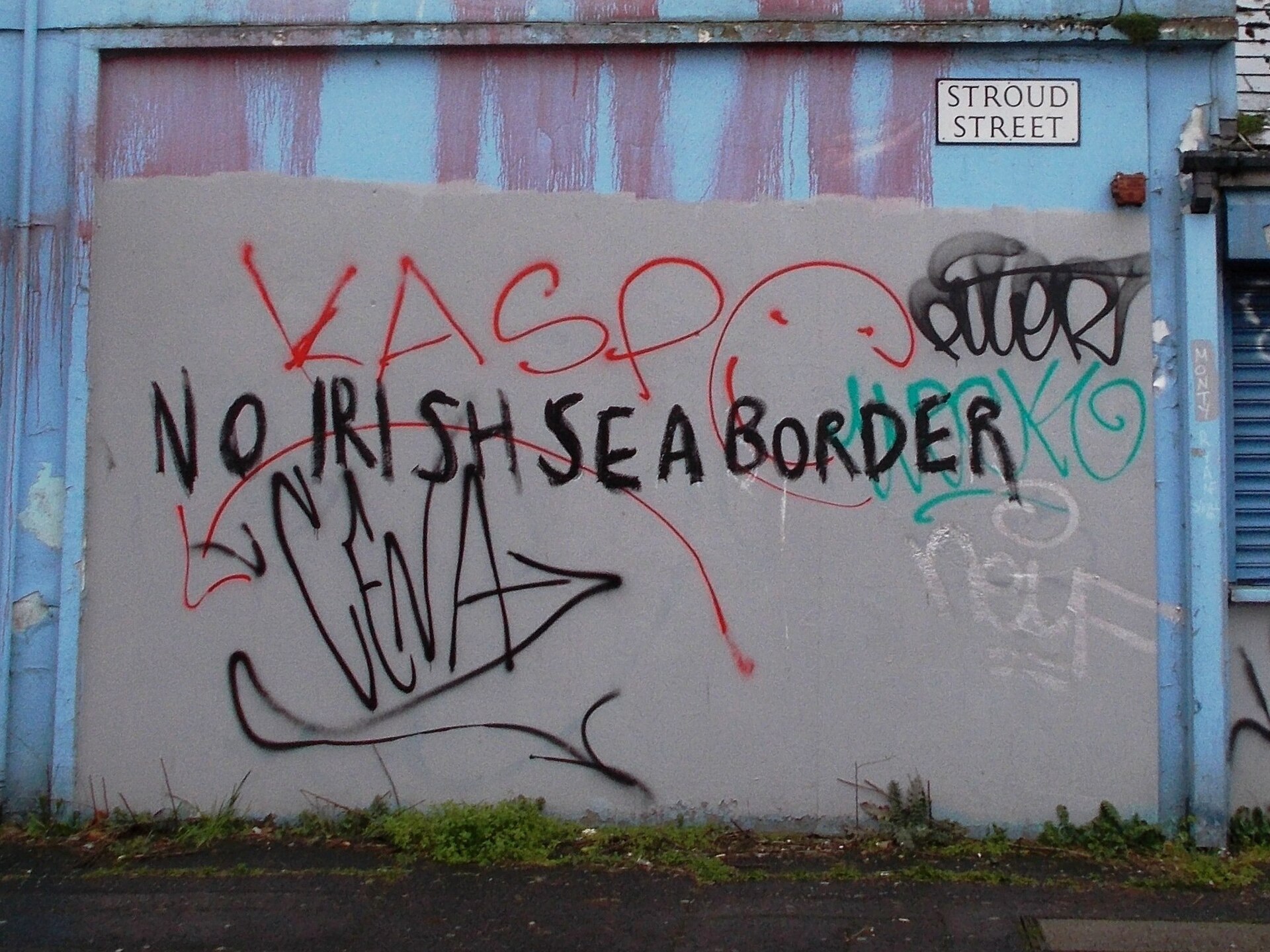This afternoon (3rd June) I will be an invited participant in a symposium entitled Social Media and Politics, to be held at Ulster University.
My slides can be found here and the abstract for my paper is below:
YouTube, sousveillance and the policing of the 2013 union flag protests in Northern Ireland
On December 3 2012, Belfast City Council voted to fly the union flag above City Hall on a number of designated days each year. In nearby East Belfast, the moderate pro-union Alliance Party was the subject of a controversial leafleting campaign, which suggested that they were responsible for this change to the previous policy of flying the flag 365 days a year and urged Loyalists to protest against the decision. The perception that the Alliance Party had sided with Sinn Fein during the controversial council vote led to Loyalist protests outside the offices of their councilors, and a series of death threats were issued to Alliance representatives such as MP for East Belfast, Naomi Long. The Ulster People’s Forum, led by North Down activist Jamie Bryson and the South Armagh victims’ campaigner Willie Frazer, was linked to a series of flag protests that disrupted rush hour traffic for short periods in towns and cities across Northern Ireland. While the majority of these protests passed off without incident, the first few weeks of 2013 saw the Police Service of Northern Ireland (PSNI) come under sustained attack from rioters in the Short Strand/Lower Newtownards Road area of East Belfast on a nightly basis.
Many of these protests were organised on Facebook pages such as Save Our Union Flag, which have functioned as spaces in which members of the Protestant Unionist Loyalist (PUL) tradition not only share information on upcoming demonstrations but also discuss related issues such as effectiveness of the strategy advocated by the Ulster People’s Forum. This paper focuses on audience responses to sousveillance (‘inverse surveillance’) footage shared on YouTube, which focused on incidents in which the Police Service of Northern Ireland (PSNI) was alleged to have been heavy-handed in their policing of the protests. It will add to the debate over how social media may be used to transmit citizen perspectives on civil unrest by reviewing the relevant literature on sousveillance and presenting the findings from a thematic analysis of 1146 comments posted in response to the four-most commented upon videos showing alleged PSNI brutality against the flag protesters. Results indicate that there was little rational debate about the events captured on camera or the controversial decision to alter the protocol on the flying of the union flag over Belfast City Council. Very few commentators perceived this footage as a form of sousveillance with many criticizing the behaviour of the protesters rather than the PSNI. In this way, the mainstream media narratives on the flag protests appeared to be reproduced by these commentators.



